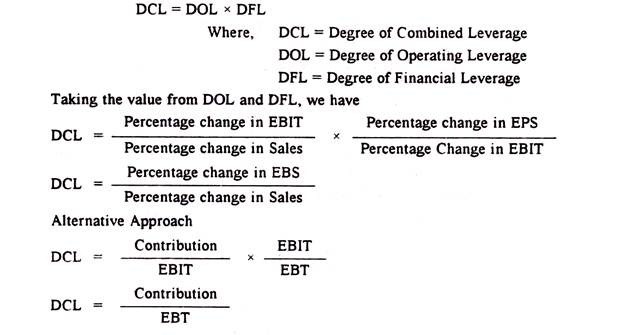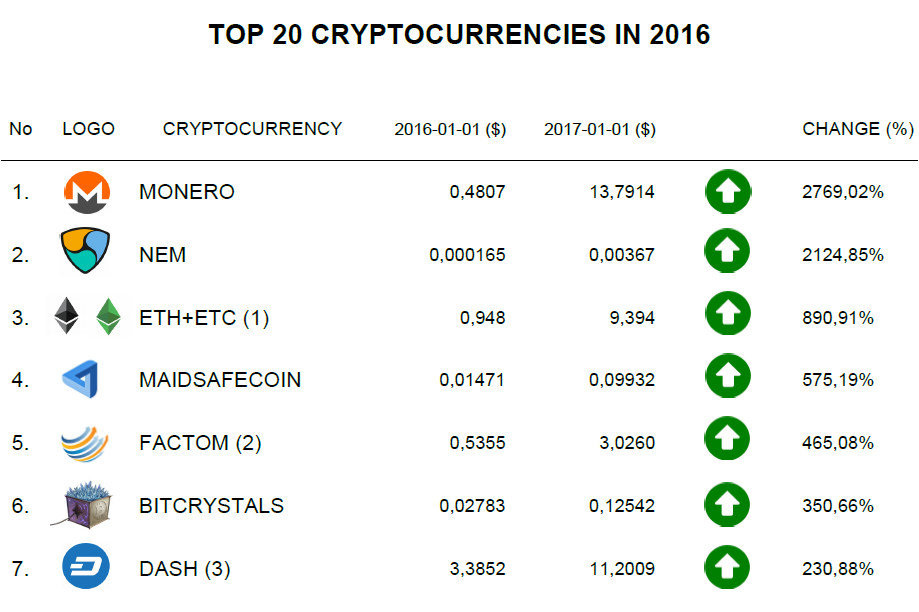Contents
When the security closes below the T-line, it determines that the price will continue to fall. The returns are directly proportionate to the amount of investment you make. Meanwhile the risk is expected to increase along with the increase in capital. When the market is weak, it makes sense to support the resistance.
Remember, day trading is a full-time job and might be hectic at times. However, proper research and the right support can help you face the task conveniently. And, in the swing trading vs day trading debate, aggressive traders always choose day trading. Investing style depends on the preference, goals and funds available with the investor. Some traders love hurried single-day trades whereas some keep their positions open for days. However, it is important to understand that both day and swing trading have specific benefits.

This strategy often involves chart analysis for predicting the end of one swing and the start of an opposite swing. Usually, trades enter at the beginning of a fresh swing and come out before the start of an opposite. Swing trading aims to generate profits from medium-term price movements or swings. day trading vs swing trading Stock prices often move in waves or so-called swings and the trend could be upwards, downwards, or sideways. With swing trading, traders aim to trade as per up and down price swings within a daily time frame. These swings can last a few days or even a few weeks, sometimes going up to several weeks.
Swing Trading strategies
However, you can also trade using what is known as a fading trend. Here, you sell the stock at the high point of the swing when the stock price rises because you expect the stock to retrace its steps and fall back down. Alternatively, you can buy the stock at the swing low point in a downward trending stock, expecting that the price will rise.
- They book their profits or losses before the market close.
- The day traders exit their positions before every market closes.
- Using fibonacci retracements, you can consider going long when stock retraces back and takes support at 38.2% or 61.8% retracement keeping stop loss at the lower retracement line.
This involves tracking the right stocks before a significant change in the market trend materializes. Day Traders must be swift to execute trades because a single loss could indeed wash out the entire day’s profit. And charting technologies are used in Day Trading to execute numerous trades in a single day. Swing trader can perform some type of trading without any hesitation. Because they can perform one or two types of trading at a time. Reduce the number and size of trades when facing losses successfully and be aggressive when the trades seem working well.
Although the gains might be smaller, you can compound the profits into excellent annual returns when you do it consistently. Depending upon your liquidity requirement and financial goals, you can stay invested from a few days to a few weeks. It means buying at the support level and selling at the resistance level.
Or you will look to sell stocks at a higher price and wait for them to fall so that you can buy at a cheaper rate and make money. Is part of the IIFL Group, a leading financial services player and a diversified NBFC. The site provides comprehensive and real time information on Indian corporates, sectors, financial markets and economy. On the site we feature industry and political leaders, entrepreneurs, and trend setters. The research, personal finance and market tutorial sections are widely followed by students, academia, corporates and investors among others. No worries for refund as the money remains in investor’s account.”
Trades may last for a single day or more than one trading day. It takes much less time and you shouldn’t have to be welded all day to the markets. And it can deliver a serious opportunity to a floundering portfolio when done successfully, particularly when the markets are unpredictable. Good swing traders are skilled at harnessing and turning that uncertainty into profit when the markets are whipsawing around. One of the basic tenets of successful swing trading is to be able to identify when a definitive trend emerges in a stock. This implies using technical analysis tools such as moving averages to determine when a stock indicates an upward or downward potential movement in the future.
What is Intraday Trading?
Still, swing traders should try to avoid opening trades during very illiquid market hours, since spreads and trading costs can significantly widen during those times. The trader needs to keep an eye on three things in hsi futures trading hours apple stock monthly dividend. Day trading is usually a full-time endeavor as you will be studying charts for quite a lot of time every single day. You should also consider the amount of time you are willing to put in for your trading activities. Swing trading is a trading method where traders buy a stock and hold it for a short period usually between a few days to one or two weeks with an aim to make profits. Swing trades aim to capitalize on buying and selling at the interim lows and highs within an overall larger trend.
Though you are unable to believe your doctor, you decide that you will make the most of your last day by making money from the stock market. You just have one day, you might as well make the most of it. Prevent Unauthorized Transactions in your demat / trading account Update your Mobile Number/ email Id with your stock broker / Depository Participant. Though swing trading is not entirely safe, the risk involved is lesser than day trading.

The logic here is that traders depend on time and technical analysis to make profits instead of price fluctuations. Unlike day trading where prices have to be constantly monitored, there can be some level of automation in swing trading as traders can set up ‘stop losses’. Since swing trading does not need you to be hooked on your screens at all times, traders usually operate on a part-time basis to conduct such trade.
List of Stock Exchanges in India: BSE, NSE, MSE & More
Hammer candlestick leading to trend reversal after a downtrend . Swing trading is a swing high swing low trading.You can swing trade stocks by delivery trading or margin trading where you buy and hold stocks. In futures and options segment, traders can swing trade options with limited risk. Swing trading futures involves higher risk and higher returns in contrast to swing trading options. Stock market trading involves buying stocks at low prices and selling them later at higher price to earn profits.

On the other hand, in day trading, everything is done in a single day, so the time frames are smaller, and you have to be quick in making decisions. There is a scope of exploring different forms of the market in day trading and then choosing the most appropriate one. A day trader always buys at a lower price than the selling price. The 1% rule restricts Day Traders’ risk to no more than 1% of their total account value on any given trade. In the case of the swing trade, the profit pattern emerges slowly.
Day trading is the short-term trading in which the trader has to make a quick decision as they have to square off their position within the same trading session. Thus, there are more intraday trading risks and hence a better chance to earn high returns. The less the risk, the more profitable is the trading method. So, when we talk about risks, swing trading has an overnight risk, i.e., leaving the position open the entire night. On the other hand, day trading does not involve any overnight risk because the whole trade is completed before the market closes.
What is Swing Trading ?
The U.S Securities and Exchange Commission observes that most day traders receive a severe blow during the first few months of trading while some never recover their money. Hence, the SEC advises traders to be cautious while treading on the murky waters of intraday trading. It also suggests that investors must invest the money they will not mind losing. Unfortunately, most day traders trade with insane leverage, making them more prone to monumental losses.
There may be a requirement for an aptitude for charts and numbers. Swing Trading is a trading strategy where one can buy stocks or other assets and hold them for a short period – usually between https://1investing.in/ a couple of days to weeks – to earn a profit. Swing traders enter and exit the position over several days or weeks whereas a day trader holds the position for some minutes or hours.
The main difference is day trading occurs with small profits or losses on every transaction. In swing trading, on the other hand, each trade can incur either higher profit or losses. When swing trading only requires traders to have a brokerage account, the day traders need to have specialized trading software in addition to the brokerage account. Unlike day trading, swing trading can range from a day to a few weeks or even a month.
